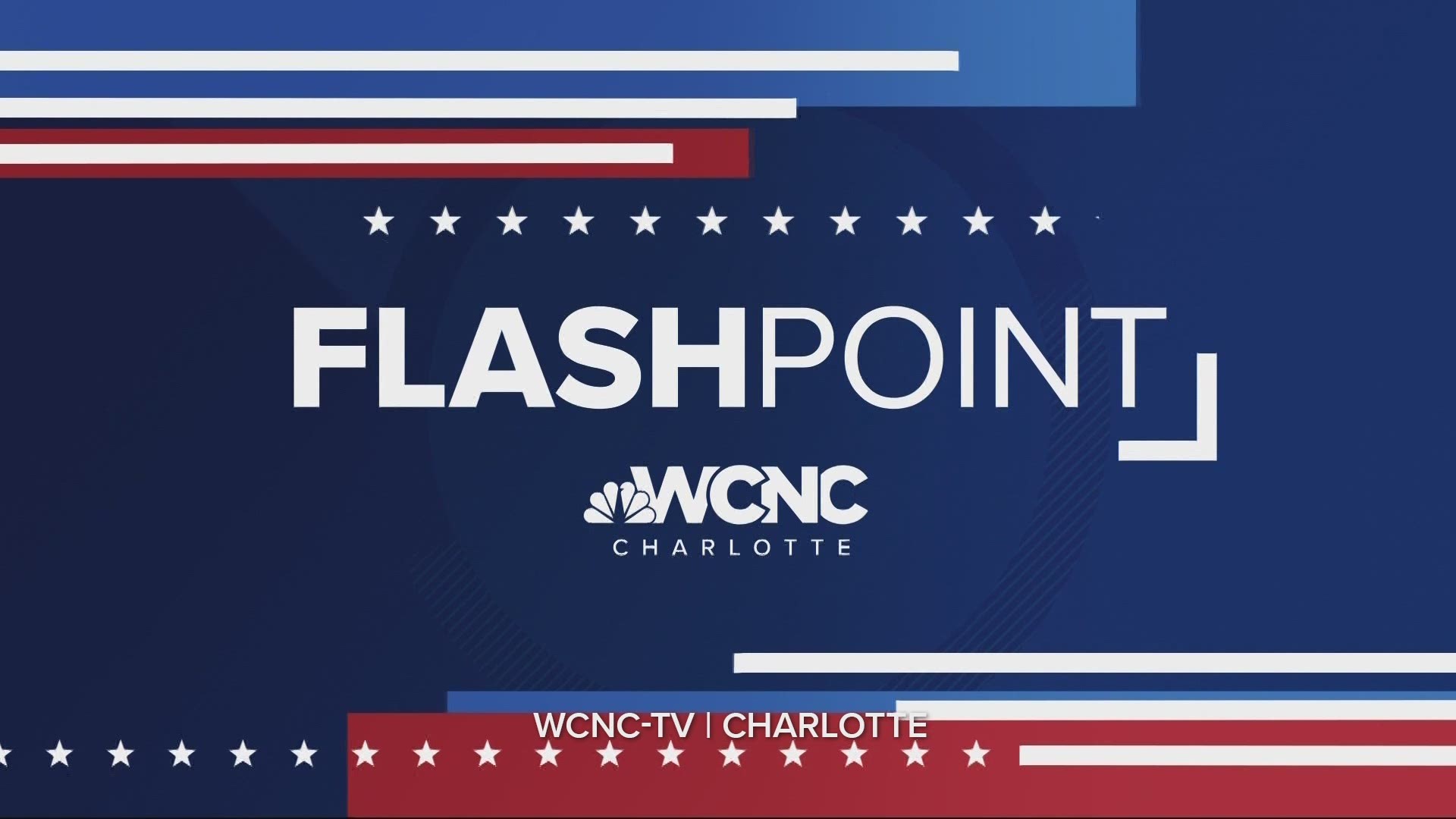CHARLOTTE, N.C. — This year we've had a presidential race, a senate race, a pandemic, and more. This Sunday's Flashpoint focuses on Charlotte's standing in all of that.
Years after a controversy cost the state billions of dollars, will Charlotte move to pass a new non-discrimination ordinance?
And as Charlotte grows, getting around town is becoming more complicated. Flashpoint looks at the new transportation plan and how to pay for it.
Also, some well-known streets in Charlotte could be getting new names. At least nine of them are named after confederate soldiers and white supremacists. A commission that was told to look into it says they should be renamed. They're expected to tell the city council just that in a report later this month.
Charlotte city councilmen Larken Egleston and Tariq Bokhari discuss what they believe is the biggest issue heading into 2021 as well as renaming streets named after confederate soldiers and slave owners.
RELATED: Charlotte City Council may change street names with ties to Confederacy, white supremacists
Back in 2016, Charlotte city leaders followed the lead of most other large cities and passed a non-discrimination ordinance that would provide protections for folks who might not be covered by state or federal laws.
One small aspect allowed transgender folks to use the restroom that corresponds with their gender identity.
State lawmakers did not like it and struck it down. Fair or not, North Carolina got labeled as intolerant, and negative press coverage followed.
Concerts were canceled, sporting events pulled out of the state and businesses stopped relocation plans. It cost the state billions of dollars.
This past week, the state law expired. That means once again, cities like Charlotte can pass nondiscrimination ordinances.
Charlotte's booming and growing and getting more crowded. But the infrastructure hasn't kept up.
The city task force studying how to pay for the $8 billion to $12 billion transit plan finalized their recommendations to the city council.
The transformational mobility network plan includes having 110 miles of rapid transit corridors like the light rail, 140 miles of bussing, 115 miles of a greenway system, 75 miles of a bicycle network, and more.
But the question is how would we pay for it? Some money from the state, some from the feds, but a huge chunk would come from a property tax increase and a sales tax increase. This would all go before the voters first.

